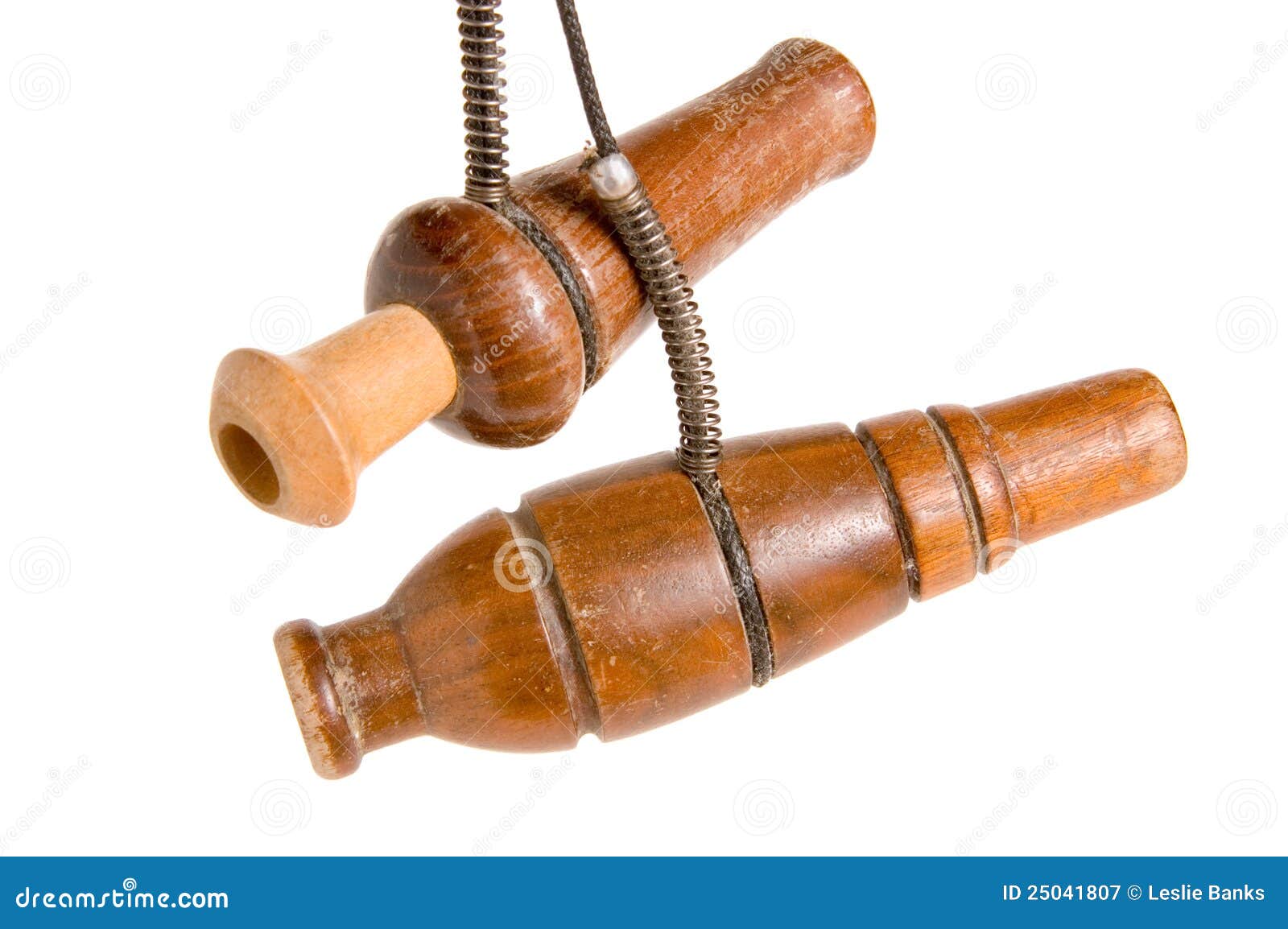

His early calls were made of hard rubber, but the company later made a number of styles of wood calls, as well as a few molded acrylics.īack in the 1930s, when quality goose calls were relatively hard to come by, Ken Martin began whittling away in southern Illinois. Olt is known for experimenting with a wide variety of tone board designs.

Call historians and collectors have determined that Olt was the first individual to develop a one-piece insert with a straight-reed and a curved tone board-at least on a commercial basis. Olt is credited with developing the Arkansas-style duck call. His D-2 duck call went on to become the most popular model of all time, and the same could likely be said for his A-50 goose call. Phillip Sanford Olt started the business in 1904, making his first calls, as the story goes, in a converted chicken coop on his farm. But the smart money would bet that, over the years, Olt made and sold more calls than any of its innumerable competitors. Olt Company during its nearly 100-year history. There is no sure-fire way to determine exactly how many game calls were produced by the P.S. Cumulatively, they left a legacy of excellence. And, through their labor, they became part of the rich fabric that is North American waterfowling history. They were dedicated to luring feet-down mallards or broad-winged geese to their decoys. But this modest report provides a glimpse at a number of industry pioneers and other notables, now all deceased, whose works became well known in this business. Because of the length of the list, not all game call makers worthy of recognition could be included here.


 0 kommentar(er)
0 kommentar(er)
